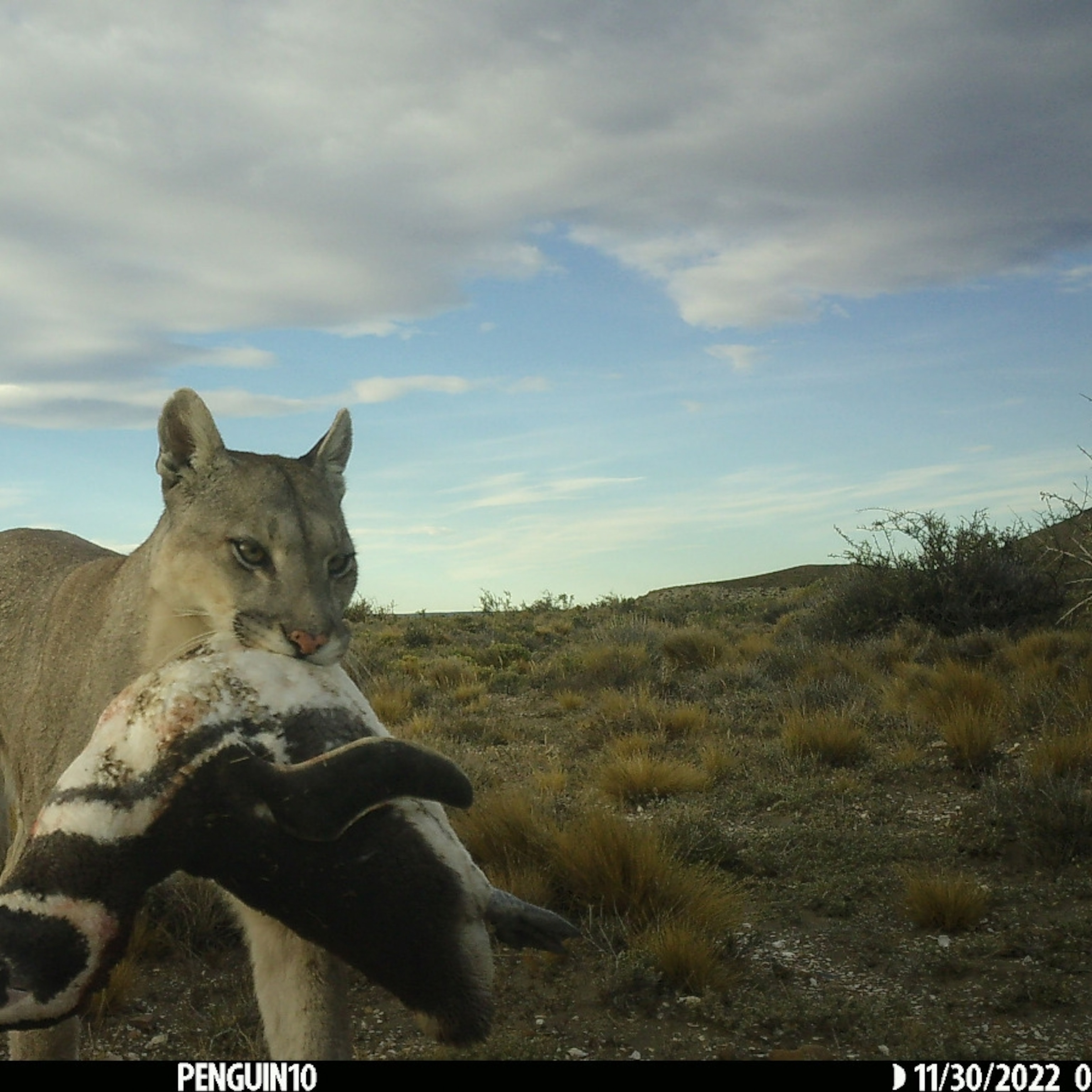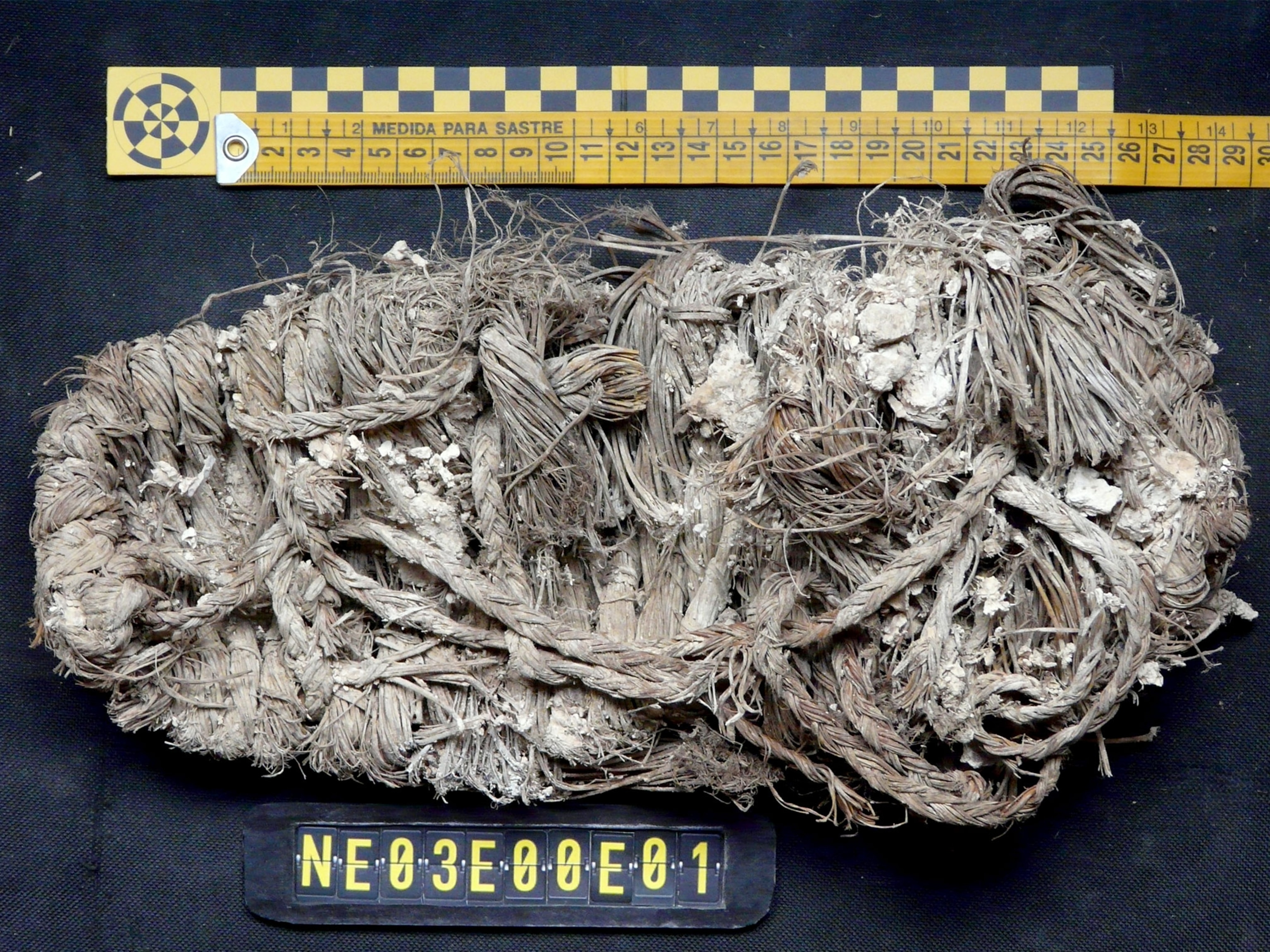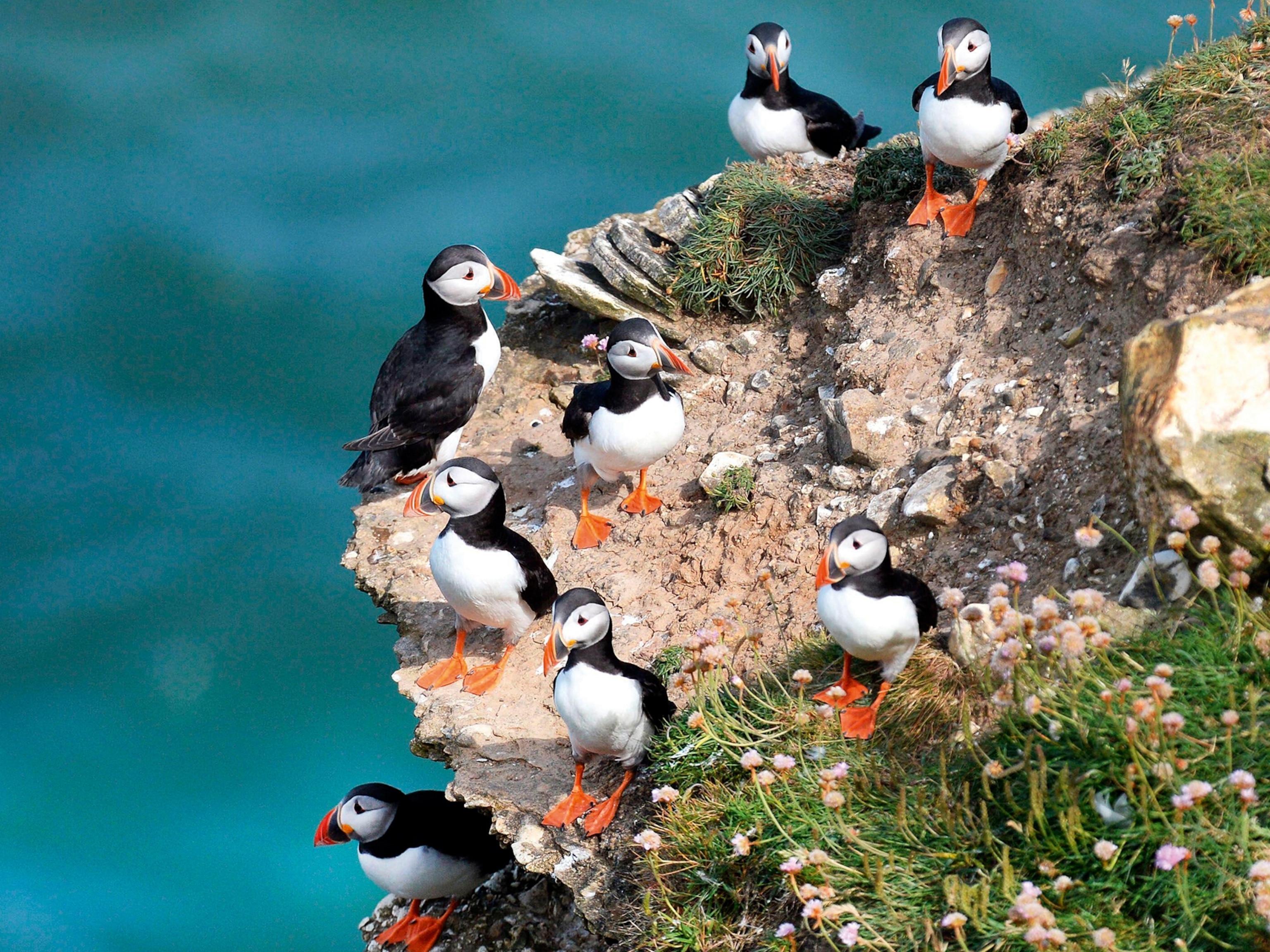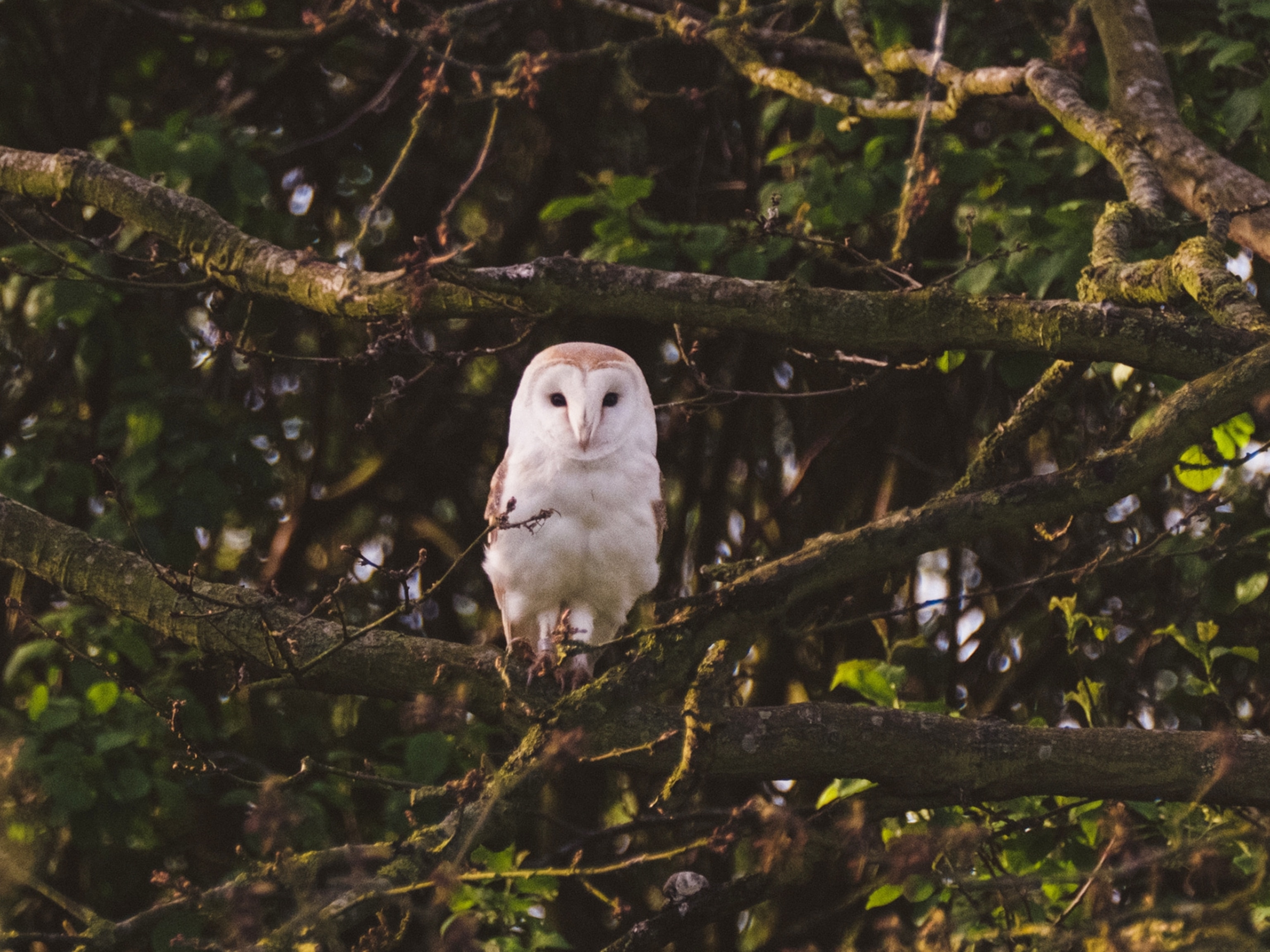
It All Started With a Few Trout. Now Yellowstone’s Iconic Birds Face ‘Collapse.'
An invasive fish set off a domino effect that has already affected bears and elk. Now it threatens trumpeter swans and other birds.
Doug Smith doesn’t remember the moment he realized that a serious ecological crisis was under way in Yellowstone National Park. But as more and more birds began to dwindle, what appeared before him was, he says, “an expanding picture of avian collapse.”
One of the first signs Smith spotted presented itself on the normally tranquil Riddle Lake in 2014. There, floating upside down, was a young trumpeter swan killed by a bald eagle. The cygnet was the last of an entire clutch of five siblings eaten by the mighty white-crowned raptors, an act that in one fell swoop wiped out all of the park’s newborn swans for the year.
Smith discovered other grim clues while paddling a canoe across the southern reaches of Yellowstone Lake. Littering the glassy surface were patches of waterfowl feathers. Eagles were attacking entire flocks of ducks. They also tore apart and ate double-crested cormorants and American white pelicans.
While an obvious next step would be to look toward the sky for answers, culprits in this whodunit can actually be found up and down the food chain. Swapping out and replacing just one fish species for another has set off a chain of events negatively impacting bears, eagles, ospreys, and more—and, in turn, spelling bad news for many of the park’s birds. (See more in a special issue of National Geographic devoted to Yellowstone.)
“For all of the attention that gets paid to this park’s geothermal features and its famous large mammals, what we’re seeing with birds is as dramatic as anything making headlines with wolves, grizzlies, and bison,” says Smith, who in addition to being the park’s leading wolf biologist is charged with monitoring its winged denizens.
“We could be witnessing the complete elimination of some nesting bird species in Yellowstone,” he says.
Food-Chain Chaos
Along with swans, pelicans and cormorants, Smith adds loons, California gulls and Caspian terns to a list of birds being pressed to the edge of survival in Yellowstone. Some of them could soon vanish from the nation’s most iconic nature preserve. (Watch: "Revealing the Secret World of Yellowstone’s Wildlife.")
Three converging forces have set off a lethal chain reaction: the rippling impacts of an exotic fish—lake trout—that have decimated what used to be the last major stronghold for native Yellowstone cutthroat trout; climate change altering habitat; and humans haphazardly displacing sensitive species.
It’s a jarring glimpse, Smith says, into the challenges facing natural systems once thought stable. Native species that evolved in certain places are getting interrupted, pushed around, and sometimes eliminated. “The world as we’ve known it is being transformed. And if it’s happening in Yellowstone, it is happening everywhere,” Smith says.
After wolves were restored to Yellowstone in the mid 1990s, the park was touted as the vanguard for an intact, fully functioning ecosystem with every major species present that was there when Europeans arrived on the continent half a millennium ago. Smith says that vaunted status is in jeopardy.
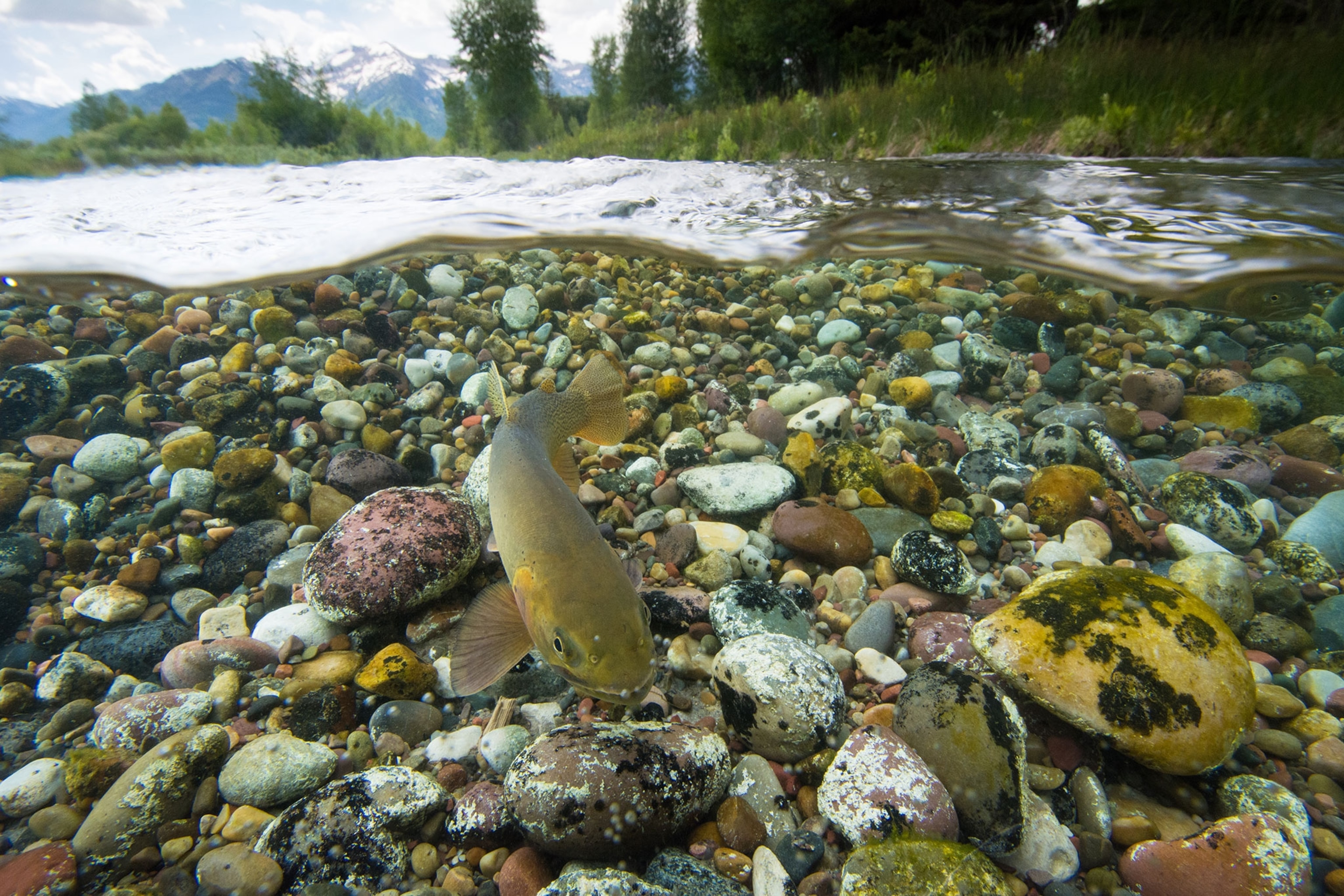
Most startling is the broad pattern of “ecological mayhem” playing out at Yellowstone Lake, one of the largest high-elevation freshwater lakes in the world and the liquid centerpiece of the park. The lake is an important reservoir for the namesake Yellowstone cutthroat trout (Oncorhynchus clarkii bouvieri), but calamity ensued after exotic lake trout (Salvelinus namaycush) somehow found their way into its waters 25 years ago, park officials say.
Lake trout, being voracious, deep-water-dwelling fish eaters, reduced cutthroat trout numbers by 90 percent. Todd Koel, Yellowstone’s lead fisheries biologist and author of a science assessment, wrote that in 1998 alone, the estimated 125,000 lake trout consumed between three million and four million cutthroat trout.
That, Koel and Smith say, represented the first of several dominos to fall.
With cutthroats barely hanging on and no longer spawning in more than 60 tributary streams, their absence in turn affected species that relied on them for sustenance, including grizzly bears, especially females with cubs in early summer.
Anecdotal evidence suggests that some hungry bears shifted their summer hunting to elk calves. Grizzlies now take more young elk than wolves do. River otters, too, were affected by having fewer cutthroat trout. (Exclusive video: 'Bear Bathtub' Caught on Camera in Yellowstone.)
Yet Smith says the biggest cause-and-effect correlation has involved 16 species of fish-eating birds. In the early 1990s there were 62 osprey nests documented on Yellowstone Lake, with 67 fledglings in the summer of 1994. In 2017, there were just three osprey nests and one fledgling produced.

It’s important to note, perhaps, that cutthroat and lake trout are not equal; lake trout inhabit and spawn in deep lake water and are not accessible to bears and eagles the way cutthroat are.
Osprey are exclusively fish eaters, so they went elsewhere. Bald eagle nests, meanwhile, also declined around Yellowstone Lake, but they are formidable predators, and opportunistic ones.
After cutthroat trout numbers fell, eagles simply turned their hunting from fish to other birds. Yellowstone Lake has small colonies of California gulls, American white pelicans, double-crested cormorants and Caspian terns on nubs of sand and rock such as the Molly Islands in Yellowstone Lake.
Eagle predation and unusual weather in late spring have taken a huge toll, Smith says. In 1990, there were 28 nesting pairs of Caspian terns on the Molly Islands but no nests since 2005 and no reproduction of California gulls.
Eagles also have been observed attacking adult loons and targeting young swans at Riddle Lake—one of just two locations where breeding pairs of trumpeters have successfully nested.
Goosing the Numbers
On top of that, still another complication. In recent years, Canada geese have proliferated in Yellowstone, their young a bounty for growing numbers of eagles, which ultimately eat other vulnerable birds.
The last thing Yellowstone managers are going to do is lethally control numbers of geese and bald eagles, the latter being America’s national avian symbol and ironically a bird that not long ago nationwide was on the federal Endangered Species list.
Loons are another iconic species, and in Greater Yellowstone the number of loons has declined by 50 percent since 1990. Just 18 breeding pairs remain in Wyoming, 70 percent of those in Yellowstone and nine loonlets fledged two years ago.
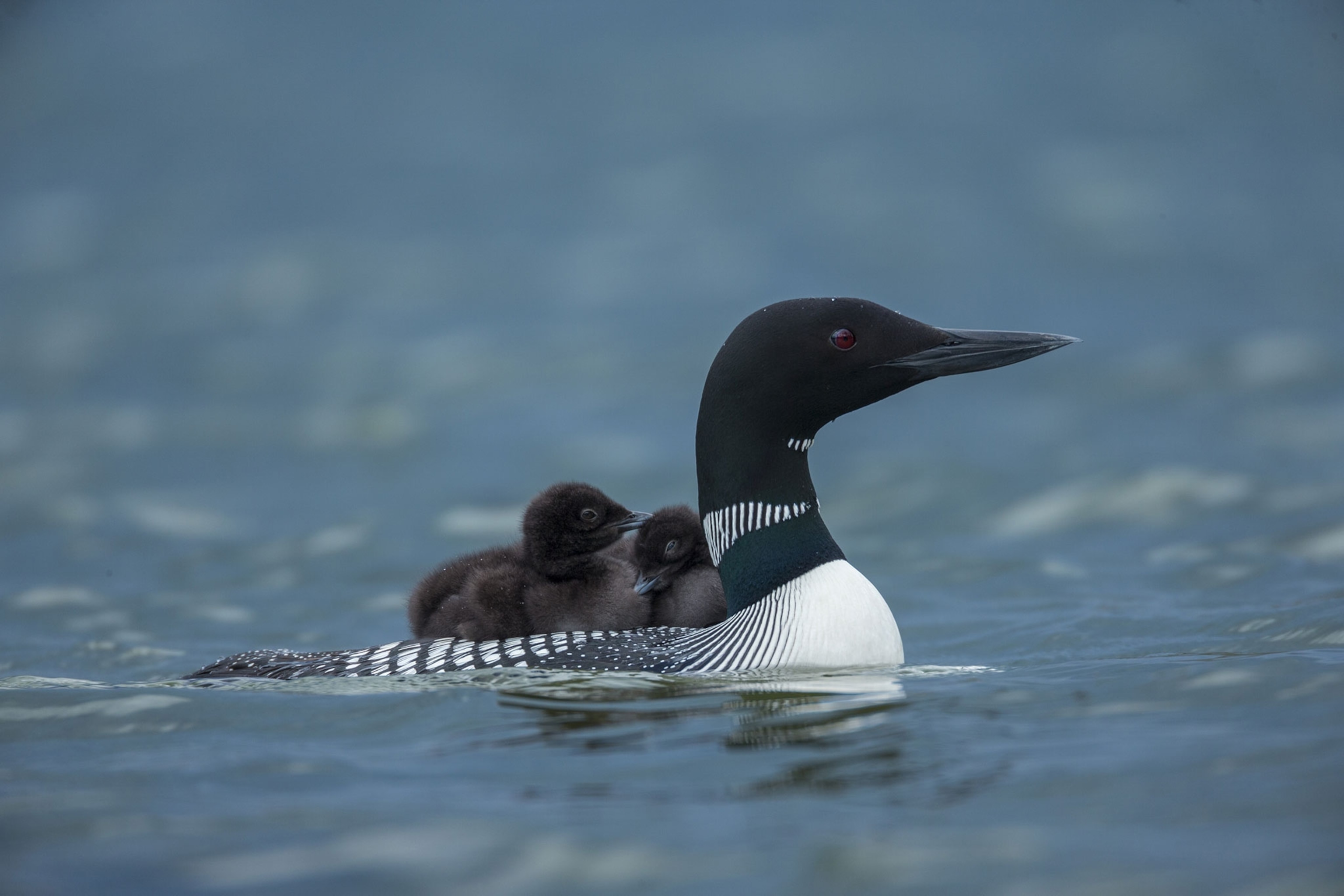
Loons have been beset by human disturbance, eagle depredation and by abnormally high water—due to precipitous snowmelt in the spring— swamping their nests.
Trumpeter swans and loons contribute much to the wild ambiance of Yellowstone, Smith says. Snow-white trumpeters have the largest wing span of any bird in North America and are known for their grace in flight and on the water. With loons, their haunting crepuscular trills are as primordial as any howling lobo.
Fishing for a Way Out
The conundrum now before Yellowstone is deciding when—and if— to intervene, Smith says.
For the last decade, Yellowstone, along with crucial funding from the park’s non-profit partner, Yellowstone Forever, along with Trout Unlimited and other conservation groups, have poured millions of dollars into gill-netting lake trout to reduce their numbers and allow cutthroat trout to recover. (Watch video of a trout mating frenzy in Yellowstone.)

Eradicating lake trout entirely is impossible, but millions of the hulking fish have been taken. Koel says cutthroat losses have stabilized, though it could take many years—if ever—before their numbers are high enough to once again support other species as a food source.
“The rule of thumb we use is if impacts are natural, then we leave things alone. But if something is human-caused, then we will take action to provide remedies to problems,” Smith says. “Introduction of an exotic species is an example of that; so is human use and climate change.”
Yellowstone’s mission is to protect park wonders, but if climate change has a deleterious effect on species, it could result in managers having to perpetually try to mitigate harmful impacts—a radical departure from current protocol that favors “letting nature take its course.”
“If you start to intervene, where do you stop?” Smith asks. “Do you always know what you are doing? And if you choose not to get involved and species disappear, can you live with inaction?”
In 2011, when just five swans remained, Yellowstone convened a meeting of national experts to advance recommendations for how to save the resident population, warning that extirpation appeared to be imminent.
One of the experts was Ruth Shea. As director of a research effort called Northern Rockies Trumpeter Swan Stewards, Shea is recognized as “the grand dame” of swan conservation in the Greater Yellowstone Ecosystem, having begun her conservation work in 1976.
While she wants to be hopeful, the odds against Yellowstone’s swans are overwhelming, she told National Geographic.

Historically, when trumpeter swans continent-wide were pushed to the precipice of extinction by market hunters who killed them for their meat and feather plumes, Yellowstone was a last refuge.
“It’s a sad day to think the very place that saved them is struggling to keep them alive,” Shea says. “It’s not devastating biologically because swan numbers outside the park are increasing, but symbolically it reveals the challenges our most iconic parks are under.”
Yellowstone, she notes, is confronting a constant onslaught of human recreation pressure brought by groups and individuals that want more access, not less. This at a time when the park is setting new records for visitation almost every year.
Yet putting putting some areas off-limits might be what the swans need. Shea notes that a field report from as far back as the 1930s documented that human presence can drive sensitive swans from nests.
To try improving their chances, Yellowstone has installed artificial nesting platforms for both swans and loons. Researchers have also tried “grafting,” hatching swan cygnets at a lab and putting them in wild nests with the hope they’ll be adopted. It has worked in some cases.
Swans are long-lived, and the number of permanent residents in the park now numbers in the mid-twenties, but successful breeding remains elusive. For the second year in a row, Smith said, following an aerial survey a few weeks ago, no new cygnets are being produced.
On top of that, pressure from eagles gives the birds a thinner margin. “When your population is reduced to handfuls of reproducing birds and even a smaller number of breeding pairs, it doesn’t take the loss of many before death outpaces reproduction, and eventually they just wink out,” Smith said.
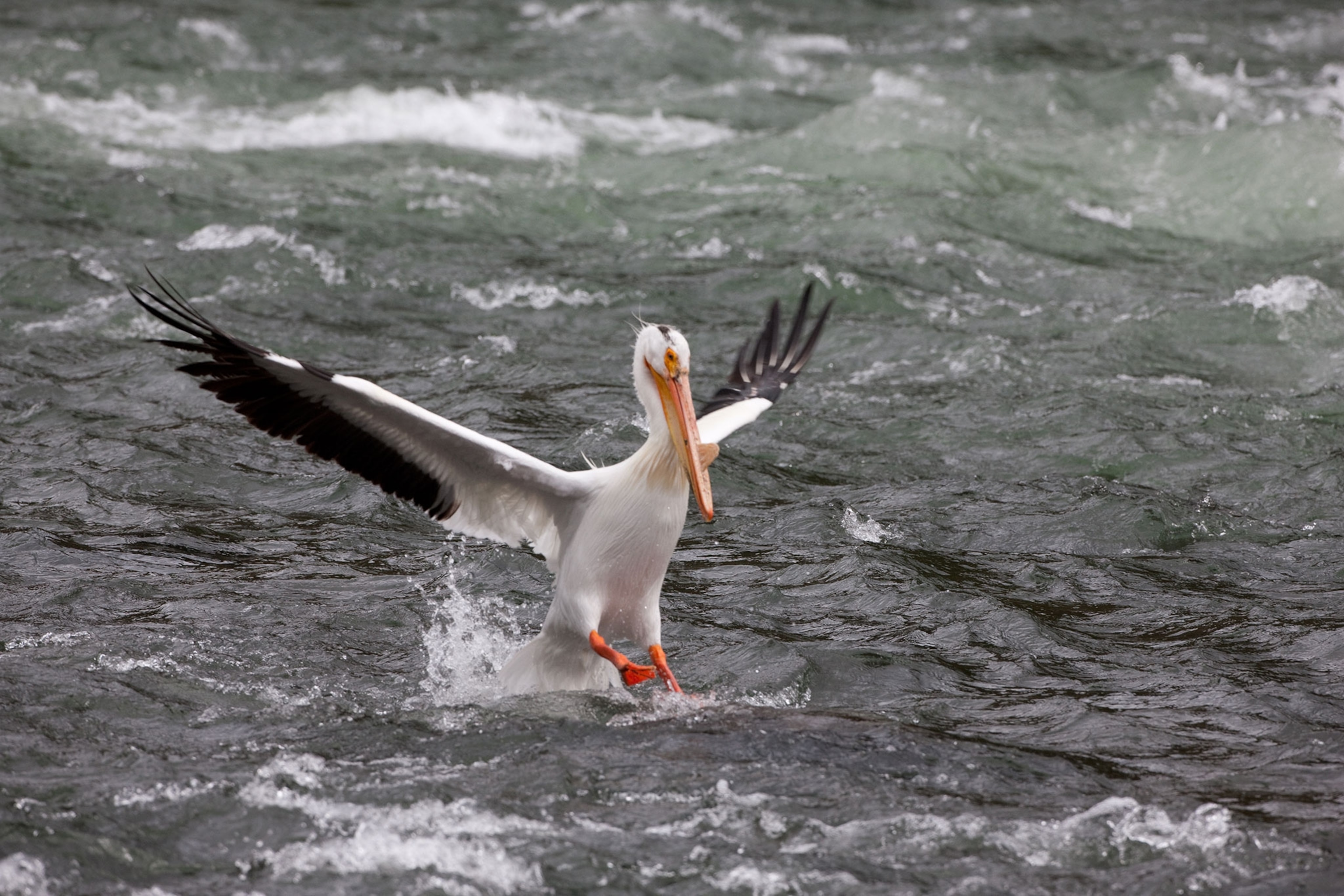
New Normal
When a species disappears from its homeland, the loss goes far beyond lost photo opportunities. “Every species makes its contribution to a richness whose worth cannot be calculated,” Smith says.
John Muir famously observed, "When we try to pick out anything by itself, we find it hitched to everything else in the Universe." Aldo Leopold, America’s forerunning ecological thinker, added half a century later in his classic A Sand County Almanac, that “to save every cog and wheel is the first precaution of the intelligent tinkerer.”
The point is that, in nature, everything is interconnected. Smith says the irony is that Yellowstone has been an exemplar of that ideal, but it might also become a case study in how things can fall apart.
The birds of Yellowstone carry knowledge passed along over millennia, from one generation to the next. It includes fine-tuned courses of migration that enable them to travel thousands of miles between their summer breeding grounds in Yellowstone and winter habitat around Baja, Mexico, or the Gulf; the accrued, hard-learned lessons of where to feed and successfully nest; and how to outwit predators.
“Once that kind of intelligence is lost, it’s incredibly hard to bring it back again, if you ever can,” Smith says.


